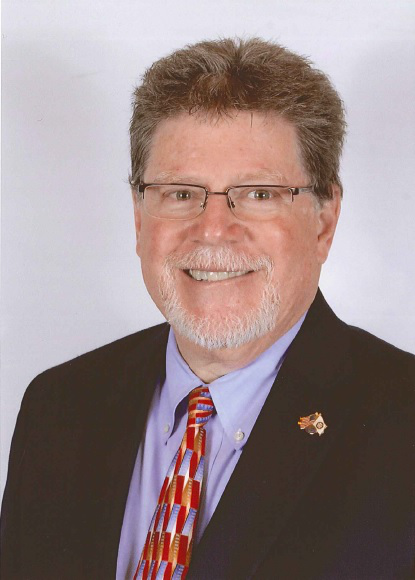 By James D. Yunker, Ed.D., President/CEO of Smith Beers Yunker & Company
By James D. Yunker, Ed.D., President/CEO of Smith Beers Yunker & Company
Free ZIP code level data about charitable giving is an early holiday gift for fundraising professionals. The recent Chronicle of Philanthropy interactive site about How America Gives lifted the spirits of many. Smith Beers Yunker & Co. took a look at this rich file and offers thoughts about how to interpret and act on the information available about itemized charitable giving in every ZIP code in the United States.
Know What You Have When You Use the File
The Chronicle used IRS tax-return data for itemized charitable gifts only. Peter Panepento of the Chronicle noted in a recent webinar, “Itemizers with income below $50,000 are unusual. Focus on higher income groups, like $75,000 and up.” The data tools online allow you to examine income groups up to $200,000 and above. You can see a summary of total itemized contributions in an area, plus an estimated median amount claimed for charitable giving, Census Bureau information for the ZIP code including racial/ethnic composition, and something the Chronicle calls the “Giving Ratio.”
The “Giving Ratio” – the crux of the Chronicle’s analysis – takes itemized contributions and divides that total by Adjusted Gross Income for everyone who itemized anything.
Key Take-Away about the Giving Ratio
Dividing itemized contributions on some tax returns by Adjusted Gross Income for all itemizers means areas where nearly all residents give might have a “Giving Ratio” lower than ratios in areas where fewer households give but that they give a higher amount. So, the Giving Ratio blends the share (or percentage) who give, which is really important for things like direct mail, with the amount given, which could be particularly important for major gift appeals. And the amount might be better researched for a particular prospective donor, rather generically for people in a ZIP code.
Ideas for Action Steps
More important than either the Giving Ratio, the amount given in a ZIP code, or the share of people who give is your organization’s clear, regular communication with people who understand and value your organization’s mission. Share accomplishments, challenges, donor stories and testimonials.
Data can definitely provide an easy screen for income levels by ZIP codes to help refine existing prospective donor lists, so send mail to households that are more likely to be donors already (based on income in their neighborhood). If you can do this efficiently (without spending too much staff time), you might increase results from a mailing without increasing costs (perhaps even reducing costs if you decide not to mail to some areas). Some mail houses do this as part of their service, so check before investing in additional data or time.
Studies demonstrate that people of the Boomer generation currently provide a larger share of total charitable gifts than do the two younger (X and Y) generations combined. A high percentage of Boomers give, so concentrating efforts in ZIP codes with a high percentage of residents ages 45 and above as of 2012 and with incomes generally about $75,000 might be an additional screening step.
If your organization seeks to diversify its programs or board by age or ethnic heritage/race, the peek at what your city/county looks like might help you find businesses or agencies located in certain ZIP codes to involve in your efforts. For leadership positions and donors, consider entrepreneurs and small business owners. Other work shows that they are more likely to give at higher levels than people on salary. This could include professionals (dentists, lawyers, accountants) with their own practices, as well as people in the trades (plumbing, carpentry, etc.) and retailers.
Some research (admittedly highly technical) suggests that your best prospective donors are people in your current donors’ social networks. Engaging your donors’ family, friends and friends of friends can be one of the most successful tactics for enlarging your donor pool. “Friendraising” events, peer-to-peer fundraising (as long as you capture the donor’s contact information), and other practices can assist with this.
Above all, don’t let “analysis paralysis” stop your organization from asking for gifts. Research shows repeatedly that people are more likely to give when asked. Your effective communications help people become aware of needs, feel more empathy, and respond accordingly. Asking leads to the change you (and your donors) want to see.